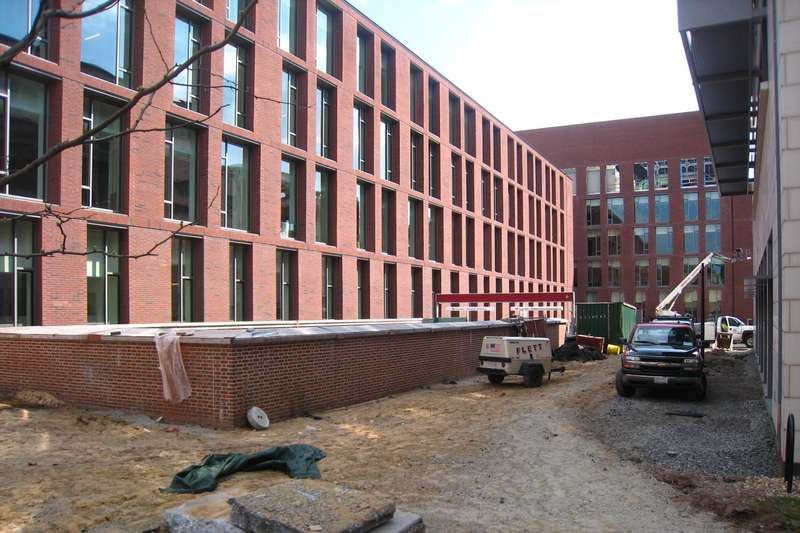Funny this topic should meander to the few PoMo buildings in Boston to which my reaction is more nuanced than instant retching. After half a century people decided that High Modernism is too austere for mass production; fair enough. But the return to ornament turned out to have had even less intellectual steam, at least in what seems to be its major form: stage sets -- abstracted and simplified quotes of classical surface decorations, which coyly nod to either side of history and fail at both. It might have been a cool enough idea in its first 4-5 instances (would the people here versed in architectural history tell me what were the first major buildings in this PoMo idiom?), but enough already...
I like Hauser because it recycles the past (Richardson) inteligently. It picks out a handful of distinguishing (Neo-)Romanesque features -- the bulk, the asymmetry, the rusticated stone, the arch, and then combines them coherently rather than plastering them onto another run-of-the-mill modern building. I like to read the whole of Hauser as a sort of portrait of Austin Hall, reduced with Picasso-esque economy (if lacking the genius) to its big off-center bay/tower, with the signature arch folded onto it. A great building? No -- somewhat annoying are the widening windows and the brutish cornice, features it incidentally shares with the Brooke courthouse and which McKinnel-Kallman seem to have adopted as their visual signature lately. But certainly one of the more intelligent PoMos I've seen.
If Niketown is not quite as good, it's because whatever it's a riff on (if anything in particular?) doesn't have the punch and integrity of Richardson. But the scale is right, and hats off to anybody who gets away with building without brick in the Back Bay.
My initial reaction to Spangler was indeed retching, especially since Harvard if anybody has the money and leisure to patronize good architecture. But it earned my grudging respect because it doesn't ape Neo-Georgian, it simply is Neo-Georgian. A pitiful lack of imagination for 2002, but good so far as it goes.
If they must curtsy to the past, architects could do worse than to heed one spectacularly gaudy building: "Der Zeit ihre Kunst, der Kunst ihre Freiheit."
justin
























